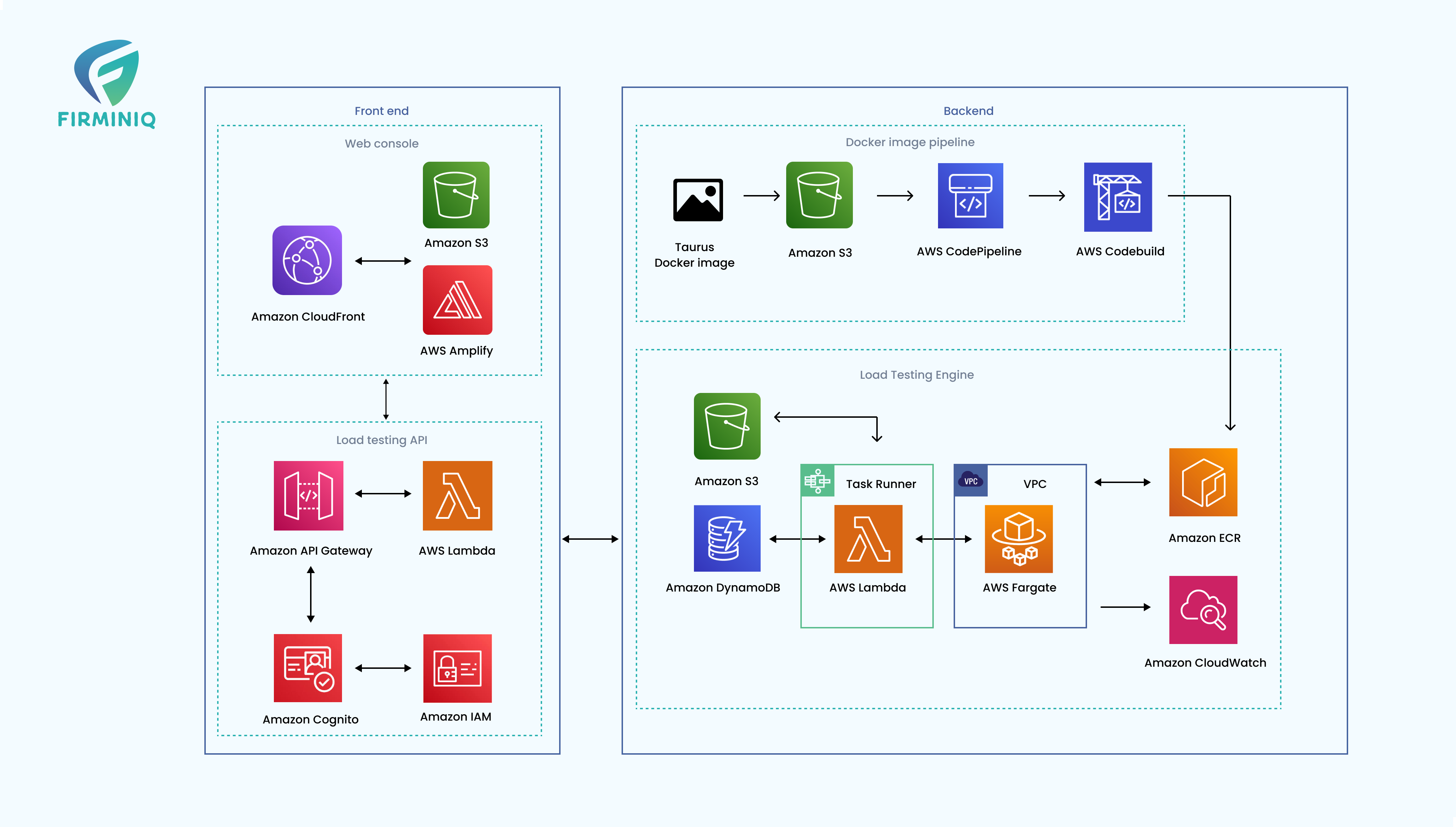Mobile apps have become integral to the realm of connected health, facilitating enhanced patient care and improving healthcare outcomes. Maintaining the quality of connected healthcare apps is of paramount importance due to its significant impact on patient safety, data integrity, and overall healthcare outcomes. These apps serve as crucial tools for patient care, remote monitoring, and health management, making their reliability and accuracy vital. A high-quality connected healthcare app ensures that patients receive accurate information, timely interventions, and appropriate treatment, minimizing the risk of misdiagnosis or medical errors. Moreover, these apps handle sensitive patient data, including personal health information, which must be protected and secured to maintain patient privacy and comply with regulatory standards.
However, ensuring the quality of these apps can be a challenge even if best practices for testing are followed, leading to issues such as bugs, poor reviews, and user dissatisfaction with each release. Persistent & thorough Quality Assurance (QA) is of paramount importance. Let us examine some related statistics.
The number of healthcare and medical apps on Google Play is more than 54,000 and a somewhat similar number on the Apple App Store. However, it is alarming to know that four out of five health apps fail to meet basic quality standards and may even harm patients, as per an NHS-backed review. To minimize this number, thorough and extensive testing is crucial for healthcare apps. However, as the complexity of the app rises, this process often turns out to be highly consuming in terms of time and resources & thus experts prefer to lean on advanced automation-testing solutions. One potential solution to improve test coverage & enhance efficiency is to consider automation testing. But before delving into the exploration of automation testing, let us examine some possible causes of quality issues.
Possible Reasons for Issues in the Quality of Connected Health Mobile App
Despite having skilled testers and comprehensive test plans, issues in the quality of connected health apps often arise. These problems can lead to poor user reviews and dissatisfaction with new releases. Several factors contribute to these quality issues and understanding them is crucial for addressing and mitigating the risks associated with app usage. Some reasons for quality issues include:
Deficient Agile Team Structure
The organizational structure within which testers operate can significantly impact the quality of connected healthcare apps. Testers who work as a separate entity, isolated from the agile development team, may lack the necessary visibility into the overall changes made as part of a feature. They may not be aware of market needs, target audience etc. When testers are not closely involved on a day-to-day basis with the agile team, they may miss critical information and fail to fully comprehend the context and intricacies of the app’s functionality.
Poor Coverage of Test Cases
Poor coverage of test cases can be a significant factor contributing to quality issues. When test cases are insufficient or do not adequately cover various scenarios and edge cases, it increases the likelihood of undetected bugs and functional issues. It is likely that the quality of the app suffers when the test cases only cover expected features and leave aside the app performance (slow/lagging), long load times, difficult-to-access features, usability aspects, and handling of crashes.
High Dependency on Manual Testers
The high dependency on manual testing in the context of connected healthcare apps poses significant challenges for maintaining quality, particularly as the number of features, integration with other applications, and third parties, and the frequency of releases increase. As the number of features and functionalities increases, so does the complexity of regression testing, resulting in a growing number of test cases with each release. With short release cycles occurring every few weeks, it becomes increasingly challenging for manual testers to provide comprehensive coverage and validate all aspects of the app. Scaling the testing team in such a scenario might not always help.
Ever Increasing Test Data
The management of test data becomes increasingly complex as the connected healthcare app grows in complexity. With more features and functionalities, the number of possible combinations of test data expands exponentially. Manual testers often face challenges in testing all possible data combinations for each test case, leading to the risk of bugs escaping detection.
Missed Impact of New Feature on Existing Functionality
Another common issue that can affect the quality of connected healthcare apps is the lack of clarity among testing teams regarding the impact of new features on existing functionality. When new features are introduced, testing teams may not always have a clear understanding of how these changes will interact with and potentially impact the existing features of the app.
Not Tracking/Improper Tracking of Key Quality Metrics
Tracking key quality metrics such as crash rates, load time, daily and monthly active users, etc. can help understand the quality of the app. If quality metrics are not defined or tracked, there is no way to know how the app performs in the hands of the users. Quality issues will be escaped and will cause poor LTV of the app.
Apart from the potential reasons for issues in quality of connected healthcare mobile apps listed above, other reasons include – high dependency on traditional testing approaches, insufficient security testing, limited platform & device coverage, inadequate test environments & more. The list is endless!
However, there is still light at the end of the tunnel & it is still possible to maintain the app quality while the complexity is increasing. Let us now talk about some ways to achieve the same.
Solutions to Improve Connected Healthcare Mobile App Quality
By addressing the underlying reasons for quality issues, organizations can implement effective measures to improve the overall quality of their connected healthcare apps. The following solutions and are recommended:
Implement Coherent Organizational Structure
A vital aspect that significantly impacts the quality of connected healthcare apps is the organization structure and how QA Team works in collaboration with Development Team within the Agile methodology. To ensure optimal results, it is essential for testers to be an integral part of Agile teams and actively participate in various stages of the development process, including design and design review meetings. This facilitates better communication, understanding of the design, and ensures comprehensive test case coverage.
Clearly Define & Track Quality Metrics
Clearly defining and tracking Quality metrics is vital to enhance the app quality. By establishing clear definitions for key metrics, such as user satisfaction, response time, error rates, and availability, it becomes easier to assess the performance and reliability of the application. At the very least, metrics such as escaped bugs, user complaints, feedback, crash rates, load speed, daily and monthly active users, and retention rates should be consistently monitored. Additionally, tracking business metrics such as customer LTV and revenue can provide valuable insights into the overall performance of the app.
Drive Comprehensive Test Coverage
In order to ensure comprehensive test coverage and a thorough understanding of the data flow within connected healthcare apps, it is important to establish a process where test cases are reviewed by development leads. This practice plays a vital role in guaranteeing that all test cases are adequately covered and aligned with the intended data flow scenarios.
Invest in Automation Strategy and Testing
If done efficiently, automation testing can prove to be a game-changer when it comes to enhancing the quality of the connected healthcare app, accelerating development speed, and delivering the best user experience. Investing in automation brings forth several advantages that contribute to the overall success of the application including:
- Cost Saving: Automation reduces the dependency on manual testers, resulting in significant cost savings for the organization. With automated testing, fewer testers are required to achieve the same level of coverage, optimizing resource allocation and budget utilization.
- Extensive Test data Coverage: Automation allows for the coverage of extensive test data. By exploring various test scenarios and data combinations, one can validate the app’s behavior under different conditions, leading to more comprehensive and robust testing.
- Continuous Testing: Automation enables continuous testing after each feature merge, seamlessly integrating it as part of the Continuous Integration and Continuous Deployment (CI/CD) pipeline. This ensures that any potential issues are identified early on and rectified promptly, promoting a more agile and iterative development process.
While automation testing offers numerous advantages, its successful implementation requires careful planning and strategy. Our post on ‘Automation Testing for Connected Health Mobile Apps: When, Why & How Should You Go About It?’ covers this aspect in detail.
Follow Automation Best Practices
To achieve optimal results with automation in connected healthcare apps, it is important to follow best practices that ensure efficiency, reliability, and collaboration. Consider the following recommendations:
- Balance of Manual vs. Automation: Strive for a balanced approach between manual and automated testing. While automation brings speed and scalability, certain scenarios may still require manual testing for in-depth analysis or usability assessment. Aim to find the right balance that maximizes efficiency and effectiveness for the application.
- Testing Automation Framework: Choose a robust and well-maintained automation framework that aligns with the needs of the connected healthcare app. Evaluate the framework’s capabilities, community support, and compatibility with different testing scenarios. A reliable framework simplifies test development, maintenance, and execution, leading to more efficient and sustainable automation.
- Integration with CI/CD: Integrate the automation framework seamlessly into the CI/CD pipeline. This ensures that automated tests are executed consistently and promptly after each code change.
- Developer Visibility into Failures: Foster collaboration between developers and testers by providing developers with visibility into automation failures. Implement mechanisms that allow developers to access detailed information about failed test cases, including logs, error messages, and screenshots. This facilitates quicker identification and resolution of issues, reducing the feedback loop between testers and developers.
Epilogue
Connected healthcare mobile apps play a vital role in patient care and data management, making their reliability and accuracy essential. Thus, it is vital to keep the connected health apps in good health to ensure patient safety, data integrity, and enhance overall healthcare outcomes.
While there are several reasons that adversely affect the quality of these apps, automation testing comes to the rescue. If you wish to leverage the full potential of mobile app test automation, we can help. FIRMINIQ not just offers comprehensive cloud-based automation testing services but also has a cost-free framework designed to accelerate the testing process, ultimately saving valuable time and effort.







